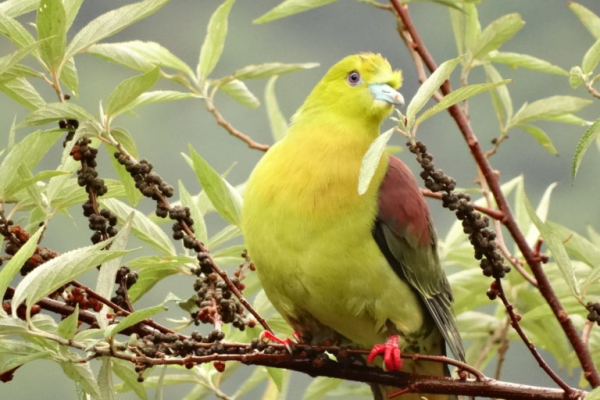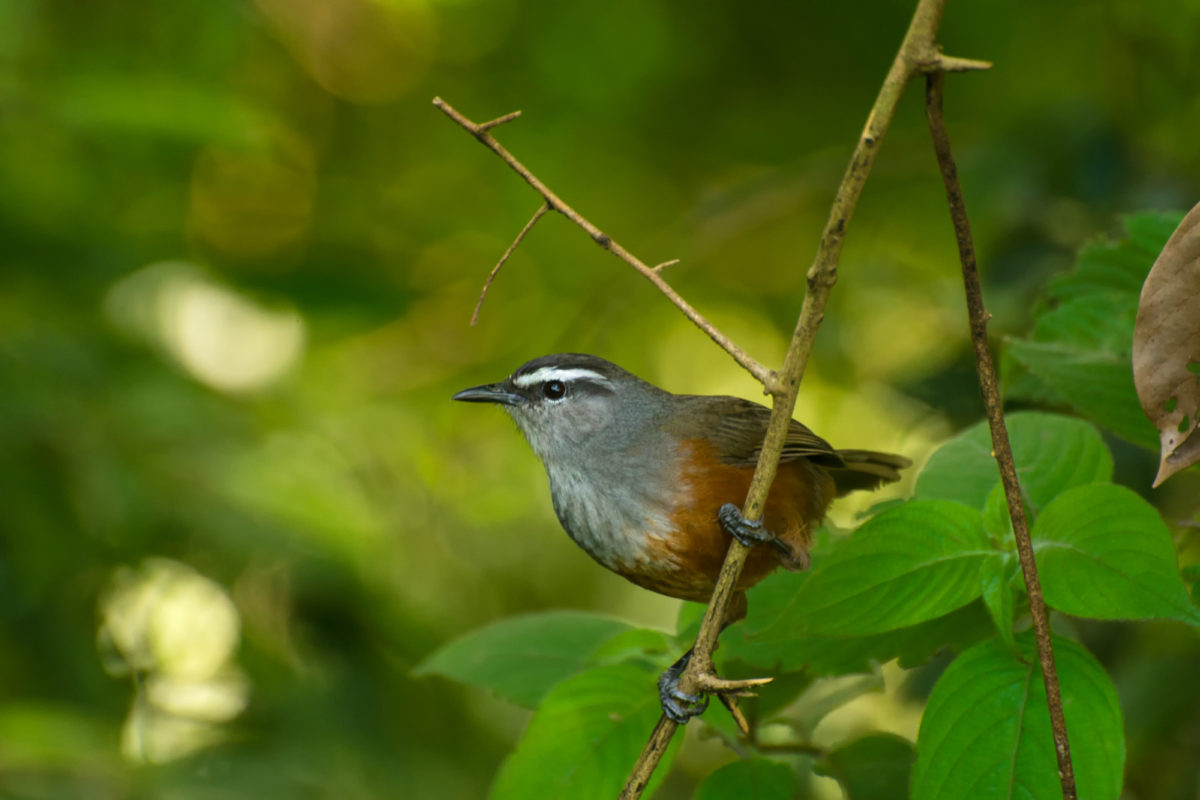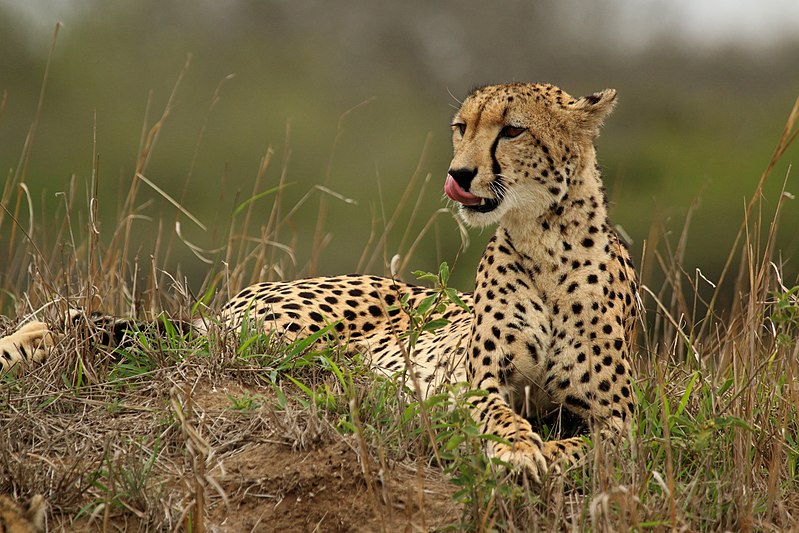Land-use changes in the western Himalayan forests, a global biodiversity hotspot with huge numbers of endemic species, have resulted in a massive decline in forest birds in the region, Mongabay India reports citing new research.

Forest specialists like wedge-tailed green pigeon, provide important ecosystem services like seed dispersal. Photo by Ghazala Shahabuddin via Mongabay India
Scientists from the Centre for Ecology, Development and Research (CEDAR), Dehra Dun and Centre for Cellular and Molecular Biology (CCMB), Hyderabad, studied the effects of land-use change on forest bird species and ‘guilds’ (any group of species that exploit the same resources, or that exploit different resources in related ways) in areas in the western Himalayas. They surveyed the birds systematically during their breeding season, in six land-use types. These include natural, protected oak forests; degraded, lightly used oak forests; lopped, heavily used oak forests; pine forest areas which are now steadily encroaching into natural oak forests; cultivated land; and built-up sites, in two adjoining landscapes, over two consecutive years.
The study shows “moderate to drastic species loss in all modified land-use types in comparison to natural oak forest.”
The scientists report changes in the types of birds, especially a 50 percent or more loss of forest specialists, pollinators, and insect-eating birds in degraded forests, urbanised sites, and areas with monoculture plantations. The forest specialists have been partially replaced with commensals and open country species. Species richness was lowest in pine and built-up sites, compared to natural oak, and forest specialists and insect-eating birds declined by 60–80 percent in modified forests.
Recent studies in the Eastern Himalayas too show similar disturbing trends. Srinivasan and David Wilcove from the department of ecology and evolutionary biology at Princeton University have studied the survival of birds in forests of Arunachal Pradesh in the Eastern Himalayas. As temperatures warm, forest birds are steadily moving upwards to find cooler habitats conducive to their survival. But their survival is imperilled if they end up in disturbed habitats such as logged forests or agricultural land, they report in Ecology.
Read the full report here, with information on significance of cultivation sites and losses in Eastern Himalayas
#Himalayas #Forestbirds #Birds #Biodiversity #Conservation #Ecology #Science #Research #Environment







 As India enters an extended lockdown to slow the spread of the novel coronavirus, experts are worried whether community spread of the virus has started, and if so to what extent; or whether the country still has a small window of opportunity to stop the spread.
As India enters an extended lockdown to slow the spread of the novel coronavirus, experts are worried whether community spread of the virus has started, and if so to what extent; or whether the country still has a small window of opportunity to stop the spread.


